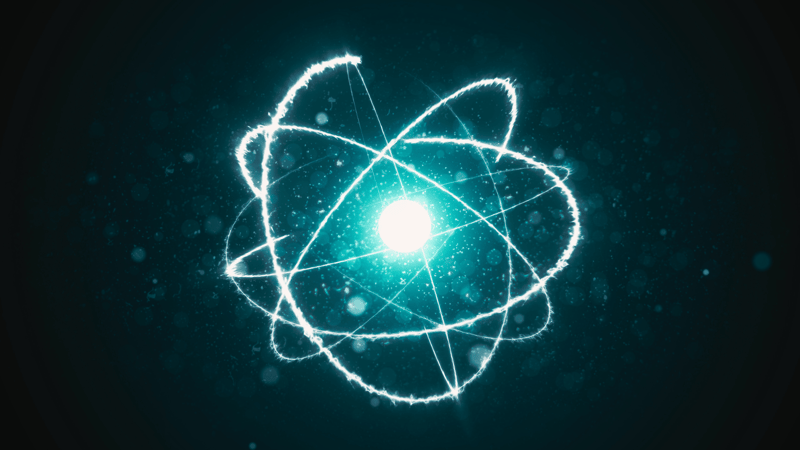The demand for energy is ever increasing in today’s society and it will grow even more with the emergence of AI driven solutions. While Deep Learning based solutions have provided ground breaking performance in many different fields, they consume a lot of energy not only during training but also during deployment. This is most crucial in complex applications such as computer vision and natural language processing. In order to provide an environmentally sustainable solution, energy efficiency always has to be considered.
The question of energy efficiency is of importance over the entire spectrum of applications. A system deployed in a server setting will consume large amounts of energy, which leads to a significant CO2 footprint and cost. However, the fastest growing sector where energy efficiency will be paramount, is probably in IoT where battery life is crucial. An efficient deep learning system will greatly extend battery life in all these applications.

Energy efficiency is achieved in two ways: first, computation time is greatly reduced for inference on new data. Second, the number of parameters and activation maps to be stored in memory is greatly decreased and this reduces energy consumption since access to memory is responsible for a significant fraction of the energy consumption in a deep learning model. The reduced memory demands of the model also enables the solution to be deployed on smaller hardware platforms that could prove more energy efficient, multiplying the energy savings.
Reducing energy usage in deep learning solutions presents several challenges. One significant challenge is balancing energy efficiency with model accuracy. In some cases, reducing energy usage may lead to a reduction in model accuracy, making it essential to find a balance between energy efficiency and model accuracy. By utilizing state-of-the-art techniques, such as hardware-aware pruning and neural architecture search, we will reduce the energy consumption of deep learning models and enable our customers to deploy systems that consume less energy and deploy their solutions on smaller, more energy efficient hardware while preserving the accuracy of the model.
Embedl’s mission is to enable more widespread and sustainable deployment of AI by cutting large AI models down to size, reducing their energy and resource consumption and thus drastically reducing their carbon footprint.
